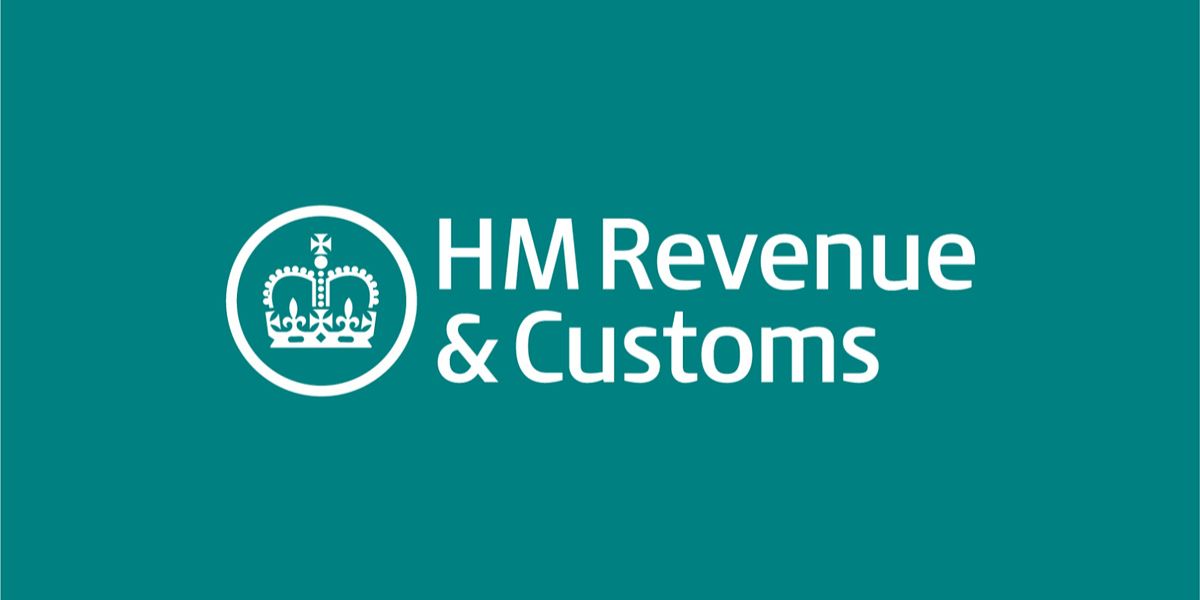The introduction of an industrial levy on the production and import of sugary drinks was announced in the 2016 Budget and is to come into force in April 2018. In connection with the planned levy on sugary drinks HMRC commissioned research on small producers and importers of soft drinks to find out how they operate in the market for sugary drinks and the potential act the planned soft drinks levy would have. The research looked for evidence of how much the small producers trade their products. The outcome of this research “Exploring Small Producers and Importers of Soft Drinks with Added Sugar” was published in January 2018 on the UK government’s website.
Sugary drinks cover a range of products including carbonated drinks, cordials, syrups, fruit juices and smoothies. The producers tend to either produce their own drinks or contract out some of the production process to third parties such as medium sized production plants. For most of the organisations in the survey sugary drinks were the main source of income but for some these were just part of their business. Only a few of the producers were exporting their drinks.
The levels of soft drink production varied considerably from around 100 litres a year to tens of millions of litres annually. Importers could not estimate volumes so accurately but volumes ranged from 50,000 litres to 1.5 litres a year. Some of the producers already offered low sugar alternatives as part of their range of products before the announcement of the tax on sugary drinks. Such alternatives are now seen as a growth opportunity.
Sugar is considered by the producers to be an important element in adding taste and texture to the drinks. The use of lower sugar or artificial sweeteners present s marketing challenges. Not all the organisations tested their products for sugar content although this is a requirement under EU labeling guidelines.
The producers and importers surveyed were aware of the planned sugary drinks levy but many were not clear about some aspects of the levy, for example the products within its scope, the starting date, definition of added sugar or how the levy would be enforced. Some organisations were not concerned about the levy because they considered that their products would not be within its scope; consumers would pay the extra price for the drinks after the levy was implemented; or their exposure to the levy was low because only a few of their products would be covered.
Some of the enterprises surveyed sympathized with the goal of the levy to reduce child obesity but most considered that the levy would not help this aim. Some were concerned about why their business sector had been chosen for the levy and how far they could pass on costs to the customers. However they were confident they could reformulate their products as a consequence of the levy. Some were not confident they could pass on the added costs and some were delaying a decision on changes to their products until they understood the levy better. Most would be able to deal with the compliance paperwork though some might consider using a bookkeeper.
Some organisations considered that an exemption for small operators would help those businesses to stay in business. The levy could otherwise become a barrier to innovation and new entrants to the industry. Some were opposed to an exemption because it would introduce complexity, distort competition and could be a barrier to growth. Any exemption should be based on production or import volumes.
Communications on the levy were received from general news sources or from trade bodies. HMRC should provide them with information they needed to understand the policy. The organisations preferred electronic communication from HMRC with regular updates or reminders.















